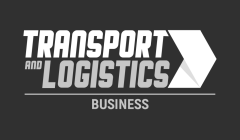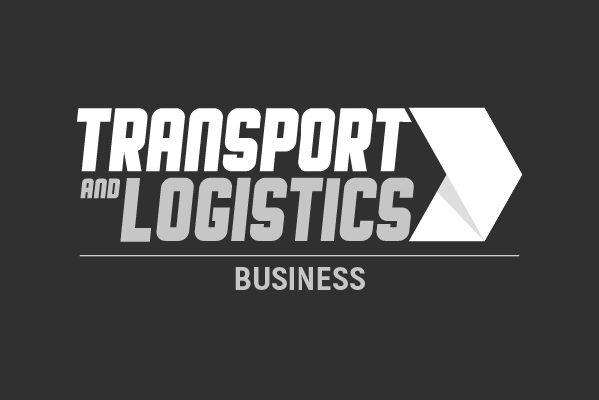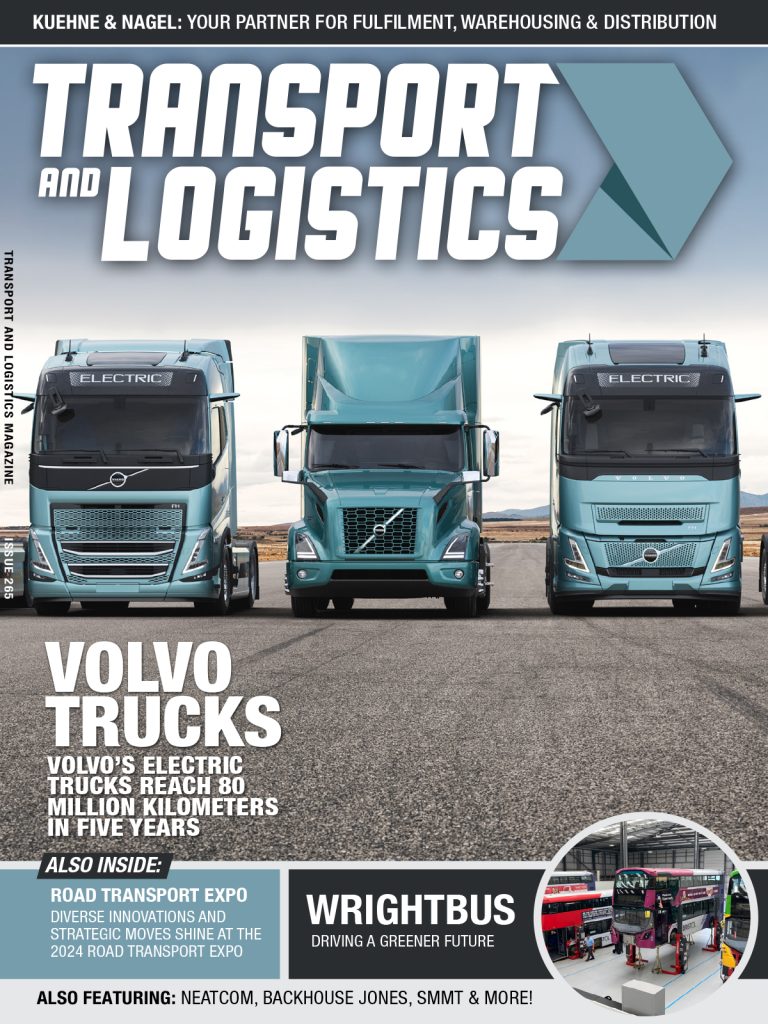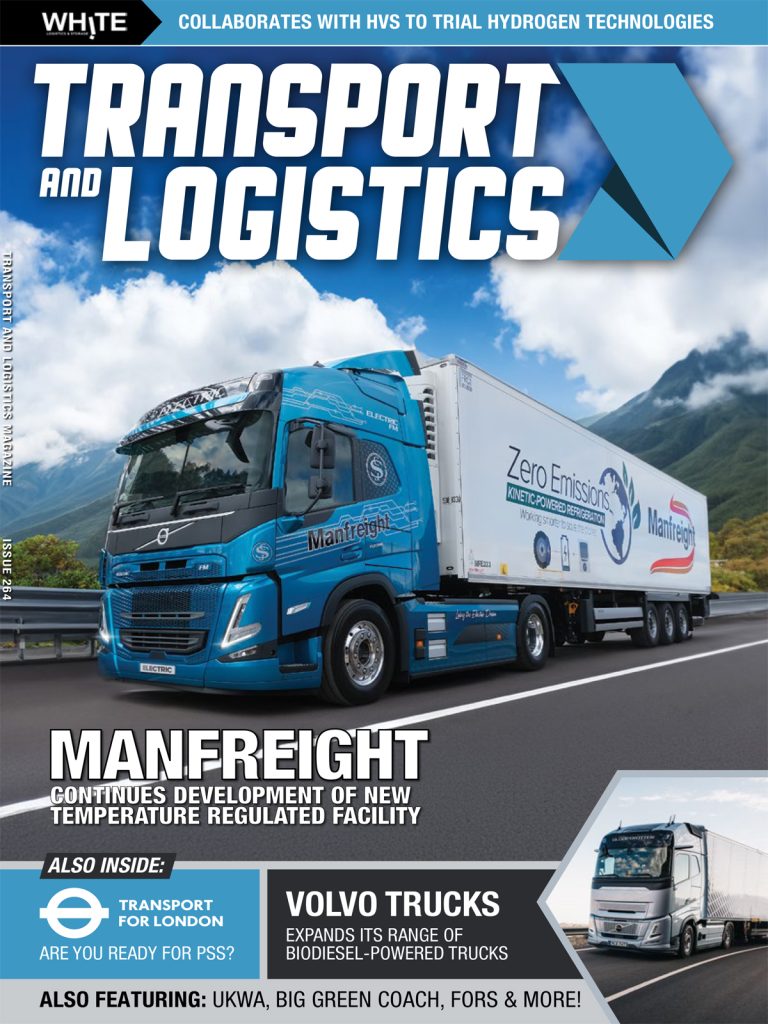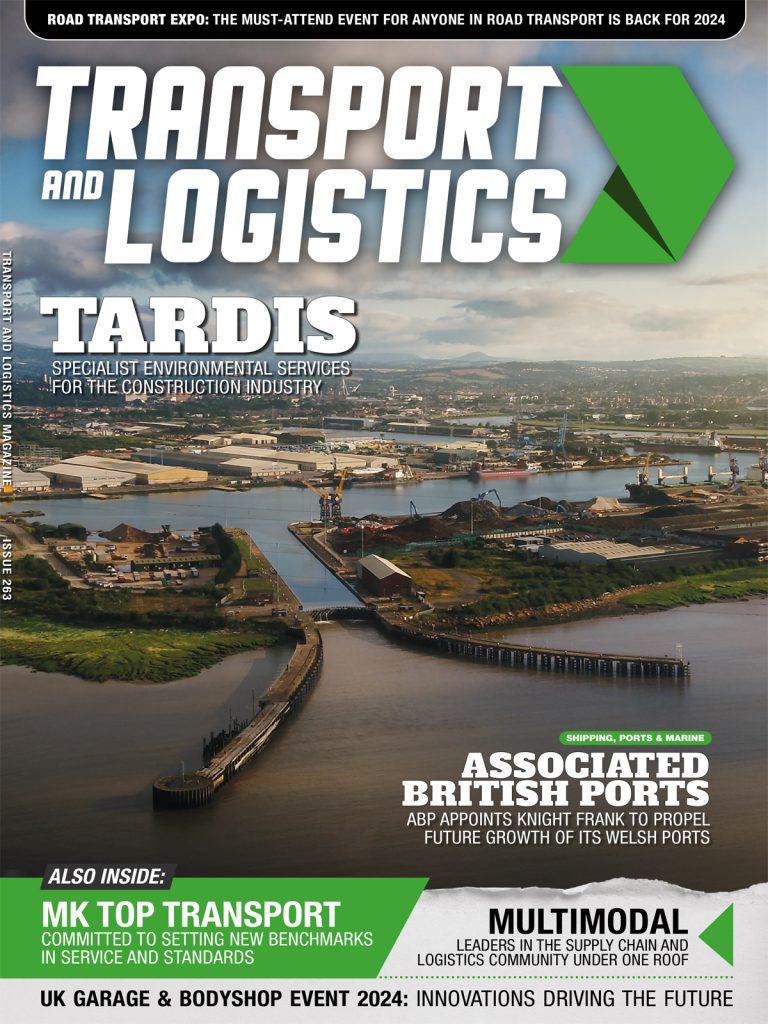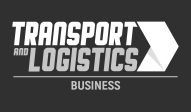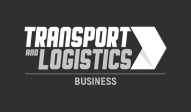Risks For The Transportation Sector In New EU Rules For Energy Trading
Plenty of ink has been shed on the subject of regulation for the transportation industry. But there is one emerging area not likely to be high on the current compliance agenda.
As you read this the EU is implementing legislation to improve accountability in wholesale energy trading markets. For large European rail, cargo, air freight and logistics companies hedging their OPEX by purchasing energy commodities in volume, these rules add a new layer of regulatory risk.
There are two new rulebooks to follow: EMIR, which governs energy commodity transactions and REMIT, which covers physical energy trades. Both arose from the fallout of the global financial crisis and moves by the G20 to improve transparency in over-the-counter derivative markets, mainly through the reporting of activities to trade repositories.
But even as the implementation mandates for EMIR and REMIT unfold, little clarity has been established. Deadlines have shifted, definitions have changed and the firms affected have been left wondering what to do next.
Most companies have hesitated to act for fear of investing in solutions that turn out to be expensive dead-ends. The alternative of abandoning energy hedging strategies altogether and capitulating to higher prices has seemed almost the lesser of two evils – remarkable given the impact of fuel costs on the bottom line. Remember: fuel hedging kept Virgin Atlantic in the black in the doldrums of 2009 whilst rival British Airways – which didn’t hedge – posted a loss.
Despite the uncertainty, some things are clear. The new rules will affect any large transportation firm dealing in:
– Energy-related options, futures and swaps on interest rates, securities, credit and indices
– Energy commodity derivatives and derivatives on underlyings; including rates, freight rates, emission allowances and climatic variables
– Contracts for gas and electricity, as well as pure transportation derivatives
As participants in the energy market, energy-intensive businesses like transportation which use these hedging techniques now become ‘non-financial counterparties’. As energy trades in this category only need to be centrally cleared after a clearing threshold has been reached, an active monitoring capability is now needed to signal when the threshold is looming.
Companies also need to register with their national regulators, and implement a reliable means of reporting, clearing and demonstrating risk mitigation. Furthermore, since transportation by its very nature requires crossing regulatory borders, specialised processes will need to be in place. The onus will be on individual companies to bridge any conflicting or redundant national rules.
What transportation and logistics businesses can do now to prepare
Despite ambiguities around rollout there are alternatives in terms of what the sector can do now to prepare for EMIR and REMIT. Managing the process by spreadsheet is not one of them. There are electronic reporting and data storage requirements involved in each set of regulations that will quickly overwhelm manual processes.
Outsourcing the reporting function may be an option, but one with fraught with costs and risks. How active you are in the energy trading arena will determine your breakpoints financially. It’s worth bearing in mind that a third party provider would most likely not be held responsible for paying fines should any errors or missed deadlines occur. And in an industry often under intense media glare, the reputational risks of a compliance breach need to be weighed carefully.
That leaves accepting higher prices by abandoning a hedging strategy altogether, or automating the process. The option for transportation firms is clear. Automation is the best business decision.
Automating regulatory processes requires a basic commodity and energy trading and risk management (C/ETRM) system, which is a comprehensive regulatory solution for commodity trading and corporate financial compliance. C/ETRM is generally not a stand-alone application and needs to incorporate contract data, hedge accounting, revenue allocation, and the all import regulatory reporting requirements for your geographic markets.
In light of the evolving standards for EMIR and REMIT, you will want to choose a solution that allows you to upgrade and manage your regulatory compliance process quickly. Another qualifier to consider is the ability to install software on a captive system and maintain it internally, or purchase a software-as-a-service (SaaS) contract.
Core to any solution would also be direct connectivity to trade repositories, including all required regulatory identifiers and formats. The system should be able to simplify your threshold monitoring (as discussed above) and facilitate your risk mitigation obligations, including periodic portfolio reconciliations under the new rules.
Deadlines on the horizon
As the regulation clock continues to tick, the transportation sector faces an uphill battle to understand and meet the obligations EMIR and REMIT will impose. When the current ambiguities are cleared up and firm deadlines re-set, everyone will be expected to comply quickly. Failure to do so will be met with stiff penalties.
Any company planning to maintain a hedging strategy to manage energy costs will need to address the compliance conundrum soon. An automated solution offers the best alternative to meeting the requirements, given the evolving standards and timelines that define today’s regulatory environment.
James Brown is Senior Energy Consultant, EMEA for Allegro Development Corporation. www.allegrodev.com
